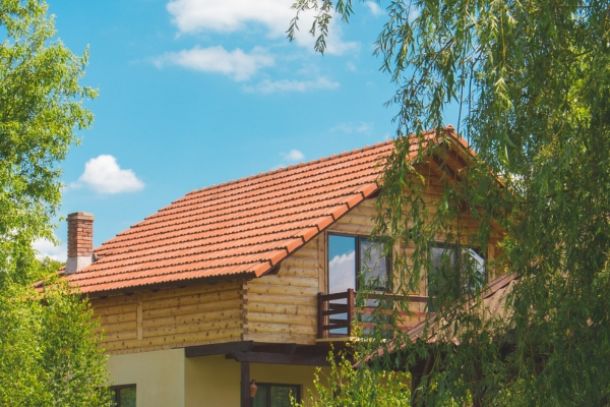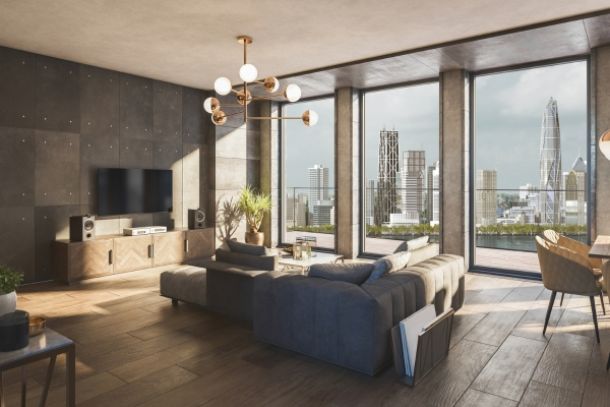DIY Wooden Home Remodeling: Transforming Your Space
DIY Wooden Home Remodeling: Transforming Your Space
Remodeling your wooden home offers a unique opportunity to breathe new life into an existing structure, enhancing both its functionality and aesthetic appeal. “DIY Wooden Home Remodeling: Transforming Your Space” is a comprehensive guide that walks you through the process of upgrading and renovating your wooden home. Whether you’re looking to modernize your interiors, improve energy efficiency, or simply update the style, this step-by-step guide provides practical strategies and creative ideas to help you achieve your remodeling goals.
Introduction
Wooden homes have a timeless charm, but over the years, wear and changes in personal taste can prompt the need for remodeling. The process of updating a wooden home can be both exciting and challenging, especially for DIY enthusiasts who want to maintain the natural beauty of the wood while introducing modern amenities. This guide covers everything from initial planning and budgeting to the actual renovation work, offering expert tips on how to transform your space while preserving the essence of your wooden home.
Assessing Your Remodeling Needs
Evaluate the Current Condition:
Begin by conducting a thorough assessment of your home. Identify areas that require repair or updates, such as worn-out flooring, outdated fixtures, or inefficient insulation. Pay special attention to structural elements—ensuring that the foundation, framing, and roof are in good condition before focusing on cosmetic improvements.
Define Your Remodeling Goals:
Clarify what you want to achieve with your remodel. Are you looking to create a more open floor plan, enhance energy efficiency, or update the style to a more modern aesthetic? Setting clear goals helps prioritize tasks and allocate your budget effectively. Consider whether you want to remodel one specific area or tackle a whole-house renovation.
Planning and Budgeting for the Remodel
Detailed Blueprints and Design:
Just as with new construction, detailed planning is crucial in remodeling projects. Create updated blueprints that reflect the changes you want to make. Utilize digital design tools to visualize new layouts and ensure that your plans are feasible. Whether you’re knocking down walls to create an open concept or adding new rooms, precise planning minimizes unexpected issues during construction.
Budget Considerations:
Establish a comprehensive budget that includes costs for materials, tools, labor (if hiring help), permits, and a contingency fund. Remodeling projects can uncover unforeseen issues, so having a buffer is essential. Break down your budget by room or project phase to keep track of expenses and avoid overspending.
Updating Structural and Functional Elements
Reinforcing and Repairing Structure:
Before making cosmetic changes, address any structural concerns. Repair or reinforce areas of the wooden frame that show signs of wear or damage. If the foundation or roof requires attention, prioritize these updates to ensure that your home is safe and stable. This might involve replacing rotted wood, resealing surfaces, or upgrading insulation to meet current energy standards.
Enhancing Energy Efficiency:
Remodeling is an excellent opportunity to improve your home’s energy efficiency. Consider installing modern, energy-efficient windows and doors, and update the insulation in walls, floors, and the roof. Adding weather stripping and sealing gaps can reduce drafts and lower energy costs. Energy-efficient upgrades not only enhance comfort but also increase the value of your home.
Modernizing Interior Spaces
Open Floor Plans and Space Optimization:
Modern interior design often favors open, flexible spaces. If your current layout feels cramped, consider removing non-load-bearing walls to create a more open floor plan. Open concepts improve natural light distribution and create a sense of spaciousness, making your home feel larger and more inviting.
Custom Built-Ins and Storage Solutions:
One of the hallmarks of wooden home remodeling is the opportunity to add custom built-in furniture and storage. Design shelving, cabinetry, and window seats that not only provide practical storage but also enhance the aesthetic of your interior spaces. Tailor these features to fit your lifestyle and maximize space utilization.
Updating Fixtures and Finishes:
Modernize your wooden home with updated fixtures, lighting, and finishes. Choose eco-friendly, low-VOC paints and stains that protect the wood and enhance its natural beauty. New light fixtures, contemporary hardware, and updated flooring can transform the look of your space while preserving its character. Combining traditional wood elements with modern design touches creates a harmonious blend of old and new.
Incorporating Smart Home Technologies
Automation for Comfort and Efficiency:
Integrate smart home features into your remodel to enhance convenience and energy efficiency. Automated thermostats, smart lighting systems, and security cameras can be seamlessly installed within a wooden home. These technologies allow you to control various aspects of your home with ease, ensuring that your space adapts to your lifestyle and optimizes energy usage.
Future-Proofing Your Remodel:
Design your remodel with future upgrades in mind. Plan for conduits and wiring that allow for the easy integration of additional smart technologies down the line. By future-proofing your home, you ensure that it remains modern and adaptable as technology evolves.
Finishing Touches and Personalization
Custom Interior Design:
The final phase of remodeling is all about personalization. Tailor your interior design to reflect your personality and preferences. Incorporate custom artwork, unique décor pieces, and personal touches that make the space truly yours. Coordinating colors, textures, and materials can create a cohesive and inviting environment.
Outdoor-Indoor Integration:
If possible, extend your remodel to include outdoor spaces. Creating seamless transitions between indoor and outdoor living areas—such as adding a deck, patio, or large sliding doors—enhances your home’s overall appeal and promotes a connection with nature.
Long-Term Maintenance and Enjoyment
Establish a Maintenance Routine:
After completing your remodel, set up a regular maintenance schedule to keep your home in optimal condition. Routine inspections and timely repairs prevent small issues from escalating, ensuring that your investment remains valuable for years to come.
Enjoy the Transformation:
Remodeling is a significant undertaking, but the reward is a space that reflects your creativity and meets your lifestyle needs. Celebrate your accomplishments and share your experience with others; the process of transforming your wooden home is as enriching as the final result.
Conclusion
DIY wooden home remodeling offers the chance to transform your space into a modern, efficient, and personalized haven. By carefully planning each step—from assessing structural needs and enhancing energy efficiency to modernizing interiors and integrating smart technologies—you can achieve a remodel that honors the natural beauty of wood while meeting contemporary standards. Embrace the challenge with determination and creativity, and let your remodeled wooden home be a testament to your vision and craftsmanship.


